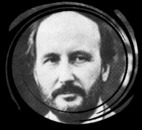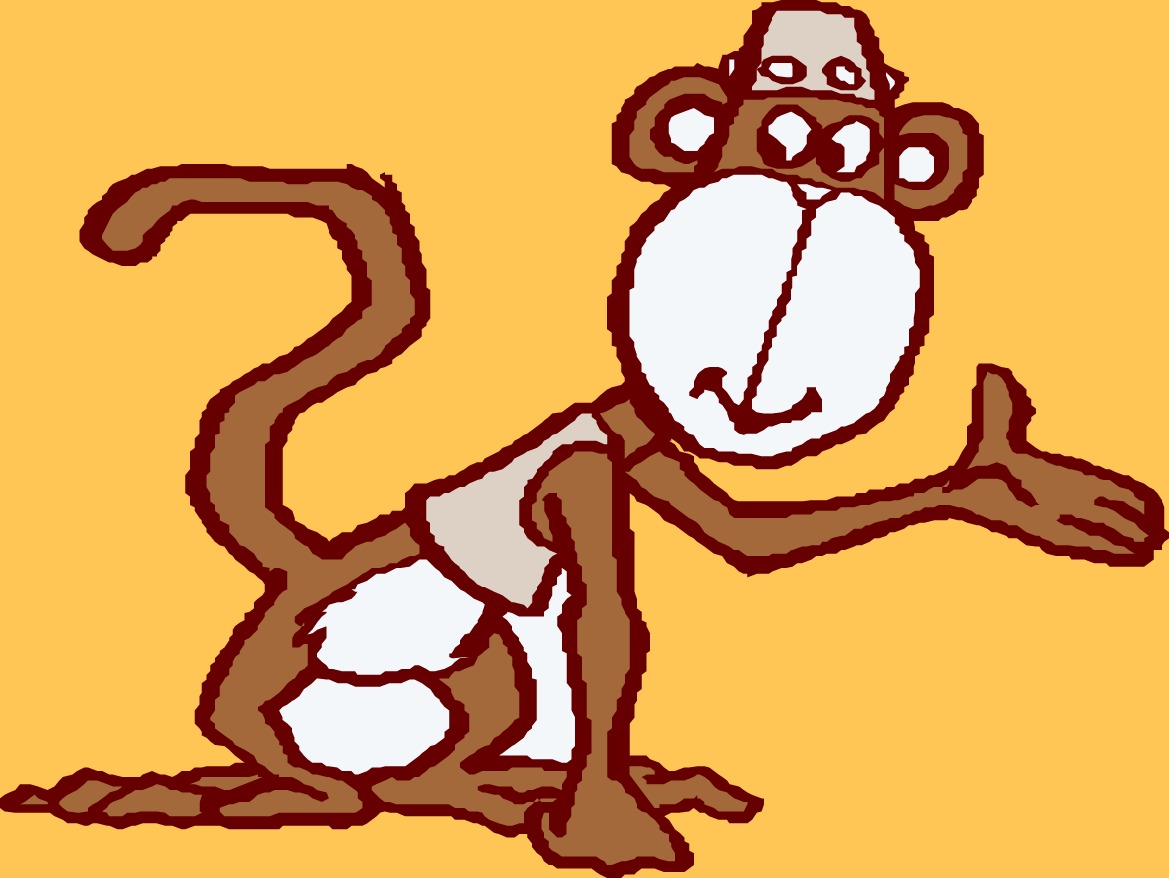| Gooch 5 | Gooch 4 | ||
 | Ssome Further Thoughts |
| |
|
Let us read a little more from some of Mr. Gooch's books - they may come back into print. | |
Guardians of the Ancient Wisdom p.48: | |
| So around 500,000 years BP (: BP: 'before present' ed.) and after, we have something like this situation: | |
| Europe = Neanderthal 1a | |
| Africa = Neanderthal 1b | |
| Asia = Neanderthal 2 | |
| Even this is not quite the end of it. During the last 100,000 years, yet a new sub-variety of man evolved. Some Neanderthals of the 1a variety were then trapped in central and western Europe during an Ice Age. Somehow they survieved. Fortunately the had fire and there were deep caves, but even so the odds were against them. Incredibly, they survived. They evolved into the so-called classic Neanderthal. This type is, in many ways, the least human of all types - at any rate from our modern, chauvinist standpoint. He was more stunted and powerful than any other Neanderthal, probably entirely covered with thick hair. | |
| So, finally for Europe we have to read: | |
| 'classic' variety | |
| Europe = Neanderthal 1a | |
| regular variety | |
| Throughout all this time and all these movements Cro-Magnon, of cource, continues to evolve in northern India, minding his own business, and for the time being unknown. | |
| Let's jump on to a short remark on p. 54 of the same book: (on the invading tribes later known as Yamnaya) | |
| My proposal is that Cro-Magnon and the Indo-Europeans (the ancestors of the modern inhabitants of Europe) are one and the same people. | |
 |  |
| So here comes the 'prime' scenario: (from 'Guardian of the Ancient Wisdom' p. 100f | |
| To recap briefly, my basic scenario is as follows: | |
| 1. Cro-Magnon man evolves in northern India during millions of years of isolation from other forms of men. He develops and practises sun worship and hunting magic. His culture is patriarchal. | |
| 2. In the remainder of the world during the same period different forms of Neanderthal evolve. We are concerned here with Neanderthal 1. ... - the Neanderthal of Europe and the Middle East. He develops and practises moon worship and earth magic. His culture is matriarchal. | |
| 3. Around 35,000 years BP, Cro-Magnon abandons India and heads west through the Middle East into Europe, overrunning Neanderthal. By 25,000 BP the predominant type in Europe proper is Cro-Magnon. | |
| 4. In the Middle-East a hybrid population, that is a cross between the Cro-Magnon and Neanderthal types, emerges. Pure Neanderthal has largely ceased to exist either here or in Europe .. . | |
| 5.
By 15,000 BP, pure Cro-Magnon man has also ceased to exist. He has
meantime been driven out of north and west Europe by renewed glaciation,
into southern Europe. Here he has been gradually infiltrated and absorbed
by the mixed types (that is, ourselves).
Meanwhile mixed types have also penetrated Africa - for during glaciation in Europe the Sahara becomes a well-watered, grassy plain - and back into India, and then on to China. | |
| ... | |
| Now, even during glacial times, the inhabitable part of Europe is not small (comprising southern France, Spain, Italy, Grece, and so on). Once the glaciers retreat again in 10,000 BP, the territories of Britain, Germany, Scandinavia, Poland, Russia, and so on are also, once again, at man's disposal ... | |
| The main point is this. The mixture of Cro-Magnon and Neanderthal genes is appreciably different in various modern peoples (both in and outside Europe). The mingling of cultures is similarly uneven. Some pursue very much the path of earth magic and moon worship, others that of hunting magic and sun worship ... | |
| The increasingly complex events that take place in historic Europe in the last ten thousand years (since the last Ice Age) are well understood, culturally, in terms of the varying fortunes orf later moon religion and later sun religion. They can be equally well understood sociobiologically in terms of the clash of our two natures, the 'Neanderthal' and the 'Cro-Magnon' . In this context these two terms should be written in quotes, because as part of our own make-up they have only tangential relation to the original Neanderthal and Cro-Magnion-natures. | |
|
|  |
|
Gibbon, Cro-magnon, Sun, Man |
Chimp, Neanderthal, Moon, Woman |
The Red Ochre Question: | |
|
"Yet here in Africa, between 40-100,000 years ago, we find no less than a massive investment of manpower resources in a continuous operation (through thousands of generations of mankind) to obtain a substance of zero food value, of no discernible economic value (since the ore was not smelted into iron) and, in fact of no practical use whatsoever. We must not overlook, incidentally, the mining skills involved here; and the fact that while in some cases the red ochre lay exposed on the surface, in other cases it lay underground. How were the ancient miners aware of its existence?" Cities of Dreams, GB 1989, p 9 f | |
|
"Red ochre has a fantastic cultural evolutionary history beginning with Mousterian burial ritual and extending through its manifold late paleolithic artistic, religious, trading and bartering applications. By means of its dominating agency in the diffusion of the myths, rites and mysteries of ancient metallurgy and alchemy, it has played parts of such continuity and expanding diversity as to have rendered it unique amongst all minerals in moulding mankind’s existence then and
today". Cit. Boshier, A.K., ‘Mining Genesis’, Mining Survey, Johannesburg, 1970. Cities of Dreams, GB 1989, p 12 | |
|
"As it happens, however, magnetite is highly magnetic. It is what is called in historical times the lodestone (i.e. the ‘leading stone’). If a small sliver of magnetite is floated on the surface tension of water, the sliver swings round until it points to magnetic north. Might it not well be that Neanderthal, accidentally or otherwise, discovered this magical property of magnetite? … Let us imagine just in passing something Neanderthal might have imagined – that the North was the home of a Great
Spirit". Cities of Dreams, GB 1989, p 15 f | |
|
"Experimentally, a homing pigeon with a tiny bar magnet strapped to its head ceases to be able to navigate successfully. … Is it perhaps possible that Neanderthal man also possessed magnetite clusters within the brain, while Cro-Magnon – like all – or like most of ourselves – did not?". Cities of Dreams, GB 1989, p 17 | |